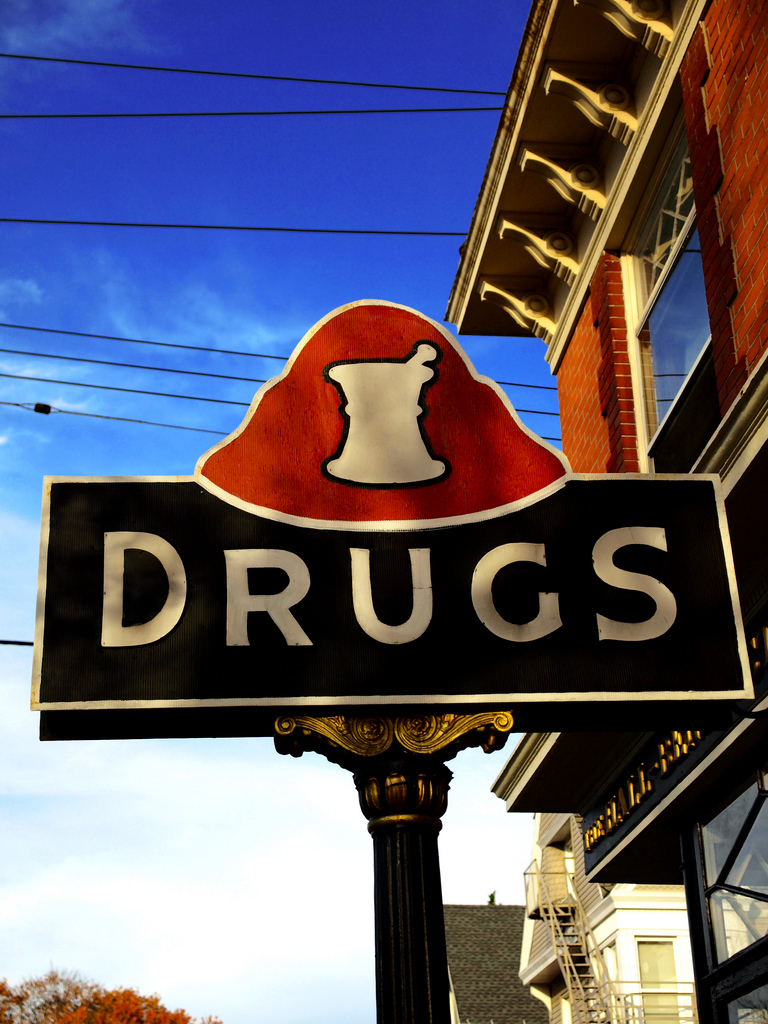Medicare and Medicaid turned 50 last week. Middle age. It’s fair to say both programs are feeling the years, even as they remain basically healthy. Together, the programs insure one in three Americans. Medicare was recently pronounced solvent until 2030. And Medicaid is poised to grow significantly in coming years as more states expand their programs under provisions of the Affordable Care Act, or as it’s often called, Obamacare.
The challenges to both programs are not going to let up, however. They are forecast to consume ever-larger chunks of the federal budget and state budgets—which of course means taxpayers are on the hook as baby boomers flood into Medicare over the next 10 years, and Medicaid expands.
Many conservative politicians don’t like the sounds of that and are again proposing reforms to both programs that would weaken the guarantee and scope of coverage and likely shift costs to the elderly (Medicare) and low-income people (Medicaid).
I suggest they instead support efforts to constrain health care spending overall, which is the root of the problem. There are hundreds of such efforts underway, with a push from Obamacare but also from innovations in every nook and cranny of the healthcare industry. And make no mistake, it’s an industry, very much driven by the profit motive in this country.
To wit, one emerging challenge deserves special attention: the increasing number of very expensive specialty drugs. For a detailed discussion, see this piece I wrote last month.
The gist is this:
- Specialty drugs accounted for 30% ($112 billion) of the $374 billion spent on prescription drugs in 2014, and they drove the bulk of the 13% increase in drug spending that year over 2013, according to IMS Institute for Healthcare Informatics. That leap in drug spending contrasted with low single digit increases for the previous few years.
- Specialty drugs range in price from $2,000 to $10,000 a month. One source pegs the average at around $36,000 a year. Most are made through bioengineering. They are often referred to as biologics. When there were just a few, it wasn’t a big deal. But now there are a couple dozen. Some treat rare diseases that afflict a small number of people, but an increasing number target cancer, multiple sclerosis, rheumatoid arthritis, immune system disorders, and even heart disease. Some 900 biologics are now in the research pipeline, according to a 2013 industry report. By some estimates, specialty drugs could comprise over 50 percent of all drug spending by 2020.
- Medicare (via Part D, Part B and Medicare Advantage) pays 25% to 30% of the nation’s prescription drug tab each year. Consistent with IMS’s finding for drug expenditure overall, Medicare drug spending leapt 12.6% from 2013 to 2014, the fastest rise in years. Almost all that increase stems from specialty drugs.
- One drug alone–Sovaldi for hepatitis C, at $84,000 for a 12-week course of treatment—cost Medicare $4.5 billion in 2014, becoming the single most expensive drug Medicare enrollees received.
- In a brief commentary this month in the journal Mayo Clinic Proceedings, 118 cancer doctors from leading cancer treatment centers called for immediate steps to lower the price of cancer drugs, the average price of which has increased to over $100,000 a year in 2012.
- They wrote: “Drug companies keep challenging the market with even higher prices. This raises the question of whether current pricing of cancer drugs is based on reasonable expectation of return on investment or whether it is based on what prices the market can bear.” They also noted that the structure of both private insurance benefits and Medicare means some cancer patients needing a $120,000 drug can be saddled with out-of-pocket costs as high as $30,000.
It goes without saying that for lower and middle-income families, that’s simply untenable.
Are these pricey medicines worth the cost? Do they yield good value? Are they fairly priced? Or are drug companies profiteering, as the cancer doctors imply. And, if specialty drugs are going to remain very expensive, how are we possibly going to afford them?
The answers to these questions aren’t yet clear. There’s emerging evidence that Sovaldi may be worth it, because it essentially cures hepatitis C. The same cannot be said of many cancer drugs. There’s not the space to discuss this at length here. It’s a complex issue that involves tough ethical issues, clinical judgments, patient preferences, and contradictory evidence. Suffice it to say that evidence grows steadily that too many new cancer drugs priced at $50,000 to $150,000 a year are buying most patients only a few extra months of life, on average, and those may not be months with good quality of life.
Solutions? See the cancer doctor’s recommendations. I concur with them.
Slightly elaborated here are my top 3:
- Permit Medicare to negotiate prices directly with drug companies, now explicitly barred by the 2003 Medicare Prescription Drug, Improvement, and Modernization Act. As Medicare moves swiftly to pay providers based on the quality and value of their care, the same should hold for prescription drugs.
- Authorize the Patient-Centered Outcomes Research Institute (PCORI) to evaluate the benefits and value of new drug treatments, and include price in their assessments. That’s now blocked by a provision in the Affordable Care Act, which gave birth to PCORI. Industry and their political allies insisted on the provision. It’s time to repeal it.
- Allow people to import prescription drugs for personal use and give FDA the power to monitor the program and certify channels of purchase. An unenforced federal law blocks importation now. (I’d make this a pilot program for five years to immediately give consumers the option.)
The politics of such measures is difficult, to say the least. I’m hoping it emerges as an issue in the 2016 elections. A Kaiser Family Foundation poll of 1,200 adults released last month found that three-quarters of Americans think prescription drug costs are unreasonable, and they blame the drug companies.











It’s clear to me (as a native-born American at the age of 76) that the U.S. is not a land of the free–and rights are not equally distributed among all economic levels of the population. Perhaps it’s the best political condition that can exist among selfish human beings. I pray not, however. I have two daughters and four grandchildren who live in this environment. I hope their privileges, rights, opportunities, and support systems are strengthened beyond that existing in my lifetime. Let’s quit “bragging” about freedom and equality for all–and work to make it a reality. Let’s start with the President and our Congress, then move from there to all major industries, medical services, and caretaking facilities. I recognize a disparity in the wealth levels of our society. However, I DO THINK we should all have the same right of access to those opportunities! That door hasn’t really opened wide yet, although much horn-blowing about it exists in an attempt to make The People believe it is so. Let’s see if we can get closer to that American Ideal in this year–and beyond…. Even with our willingness to be swallowed in the belly of human greed, I still think it is possible. Let’s give it an honest try–in the name of freedom for all mankind. Ken Minor